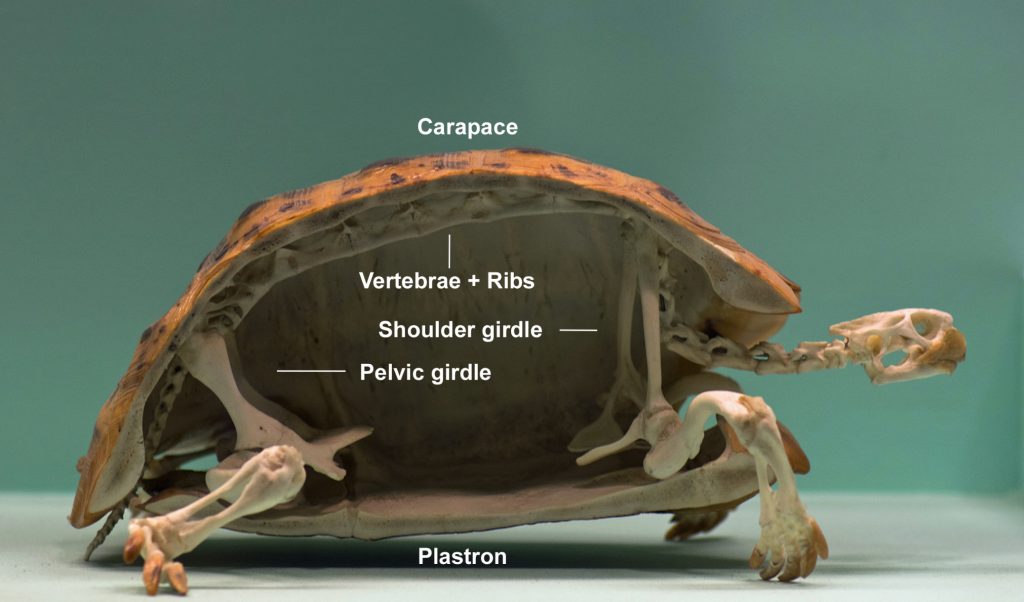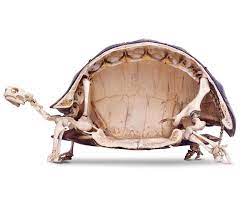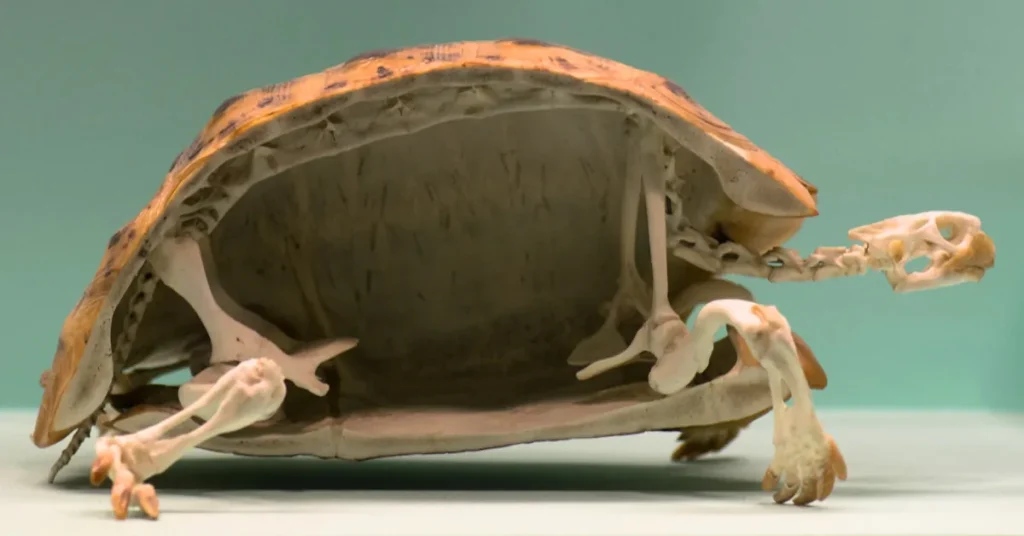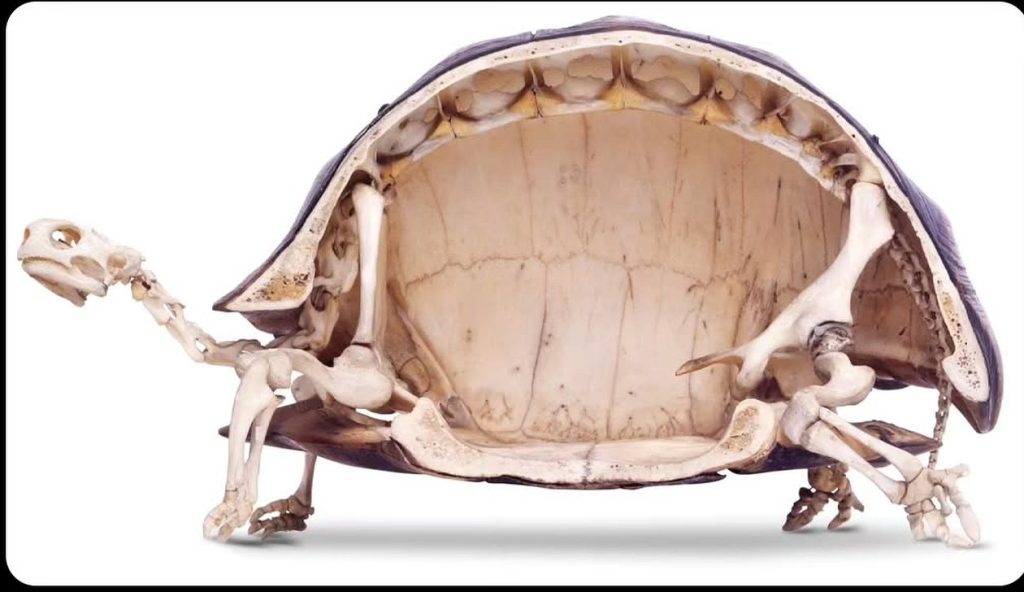Why Turtles Are Not Inside Their Shells But Are Their Shells
For as long as I can remember, cartoons and childhood stories made me think of turtles as little creatures that could pop in and out of their shells like they were carrying portable homes. It’s a comforting image, almost like they had built-in sleeping bags or armor that they could slip off whenever they wanted. But the truth is far more fascinating, and once you understand it, you’ll never look at turtles the same way again. Turtles are not “inside” their shells. They are their shells.
The shell is not some external suit of armor, like a knight’s metal casing or a crab’s borrowed home. It’s actually part of the turtle’s skeleton, fused directly to its body. The upper shell, called the carapace, and the lower shell, called the plastron, are made of bone. They’re connected by bony bridges, and together they form a protective structure that is as inseparable from the turtle as your own ribcage is from you.

If you look closely at the skeleton of a turtle, you’ll notice something extraordinary. The ribs and even parts of the spine are fused into the carapace. That means when you see a turtle’s shell, you are literally looking at parts of its backbone and ribcage from the outside. It’s not an extra layer—it’s the turtle’s actual body. Because of this, the popular idea of a turtle being able to crawl out of its shell is biologically impossible. Asking a turtle to leave its shell would be like asking a person to step outside of their spine.
On top of the bone lies another protective layer made of keratin, the same protein that makes up human nails and hair. These keratin plates, called scutes, give the shell its distinct appearance and add another line of defense against the outside world. For millions of years, this structure has helped turtles survive as some of the most resilient creatures on Earth, shielding them from predators and harsh environments.

This adaptation is more than just physical protection. It’s a story of survival written in bone and keratin. Think about it: long before humans thought of building armor or designing fortresses, turtles were walking around with a built-in defense system that evolved perfectly for their needs. Their shells allowed them to thrive across land and water, in deserts, forests, and oceans. It’s part of the reason why turtles have been around for more than 200 million years, making them older than many of the dinosaurs.
What makes this even more remarkable is that despite their armor, turtles are not rigid creatures. They move gracefully in water, pushing forward with their flippers or legs while carrying their skeleton-house with ease. On land, they might look slower, but their endurance and resilience are unmatched. Every step they take is a reminder of just how brilliantly nature has designed them.

So the next time you see a turtle, whether it’s slowly crossing a road or gliding through a pond, remember that what you are seeing is not a creature hiding inside something else. You are looking at a being whose very identity is inseparable from the shell it carries. Turtles are not in their shells—they are their shells. It’s one of those truths that makes you pause and realize just how astonishing life really is.


